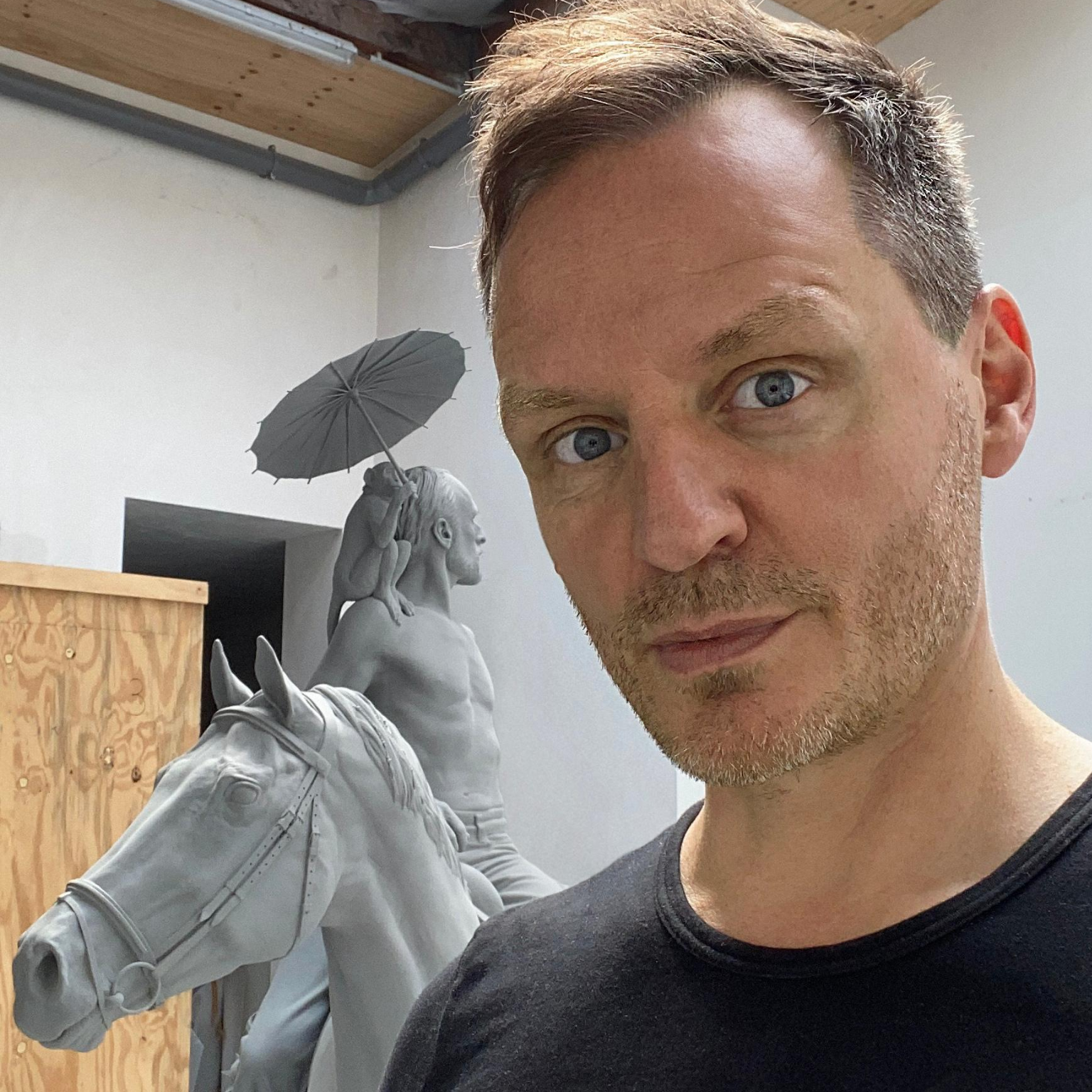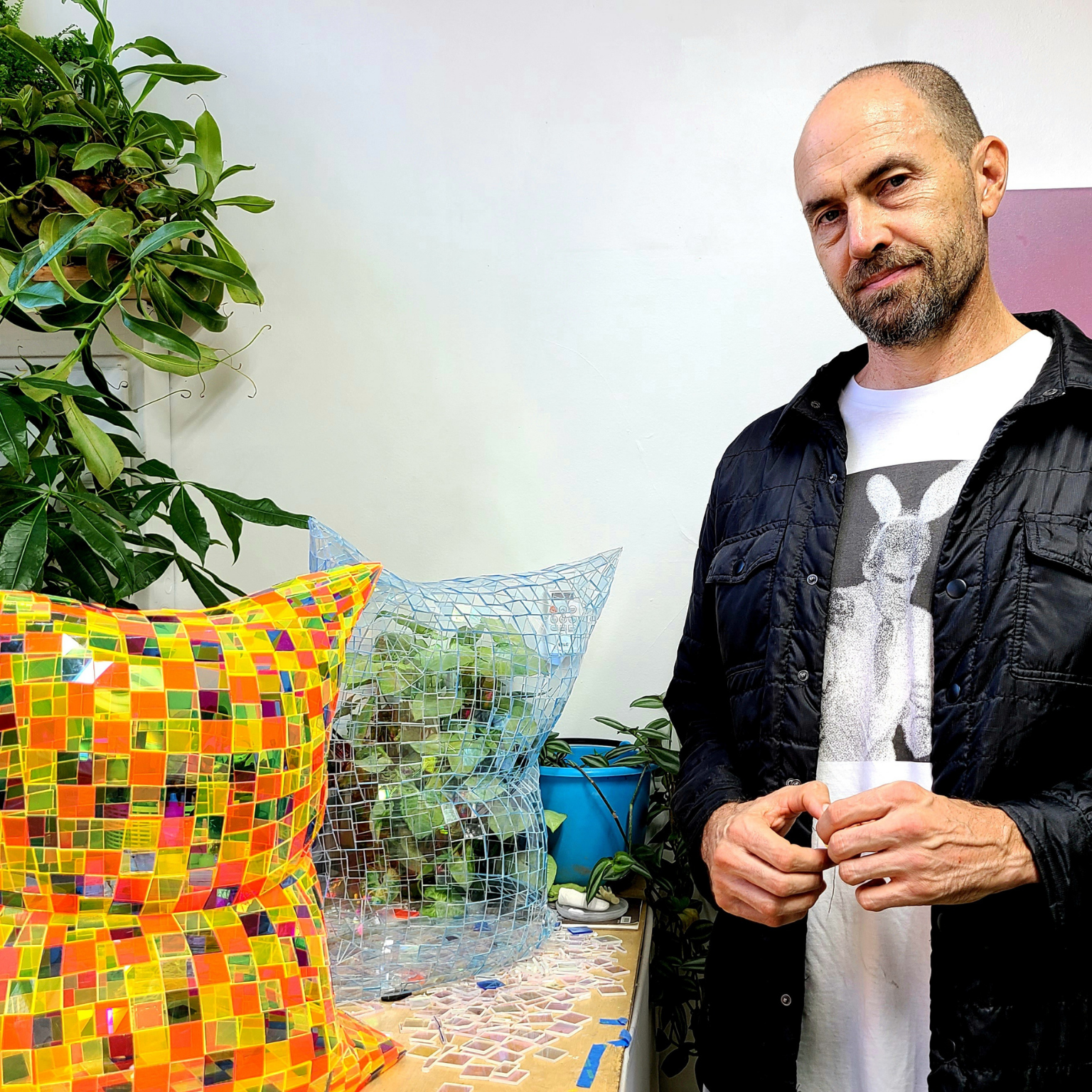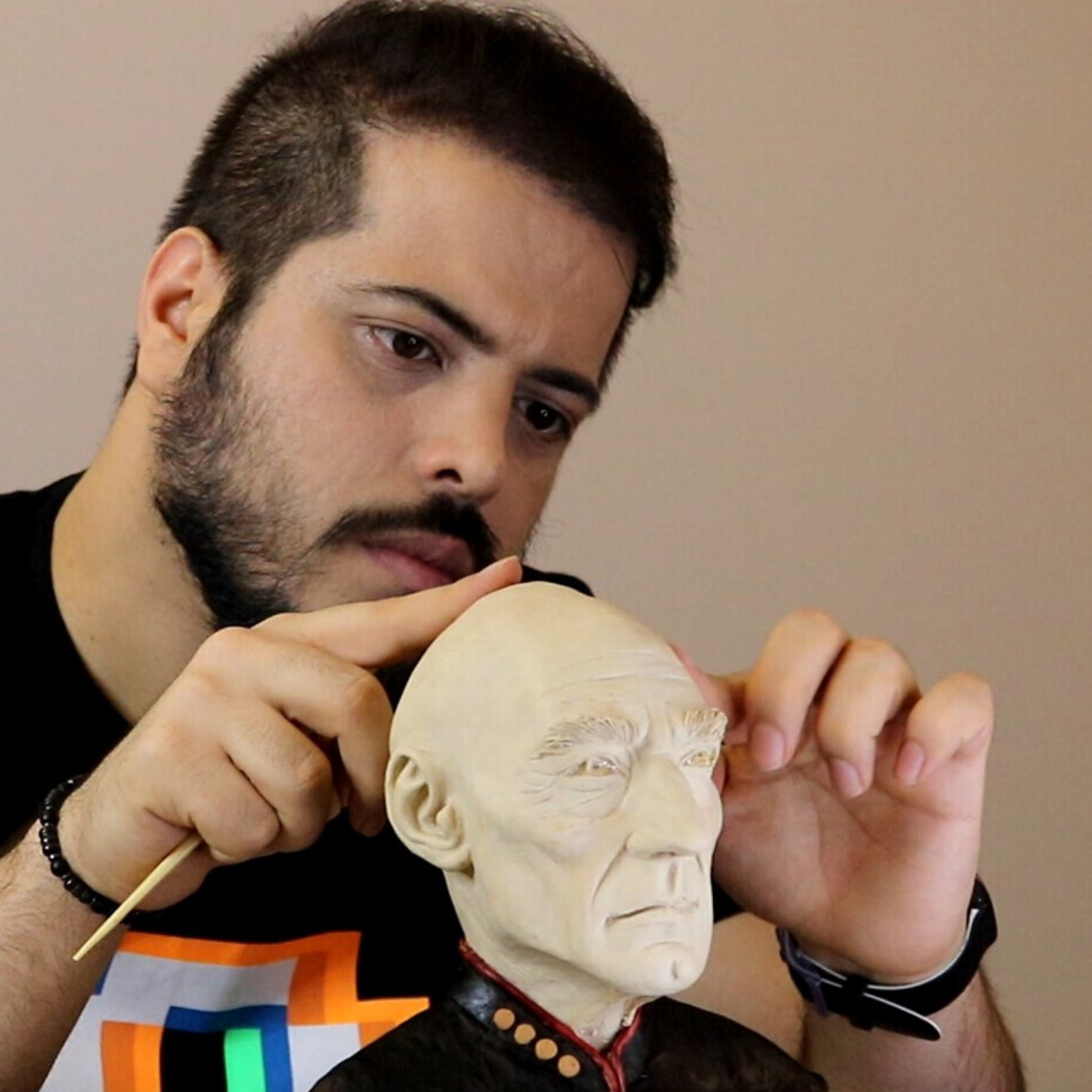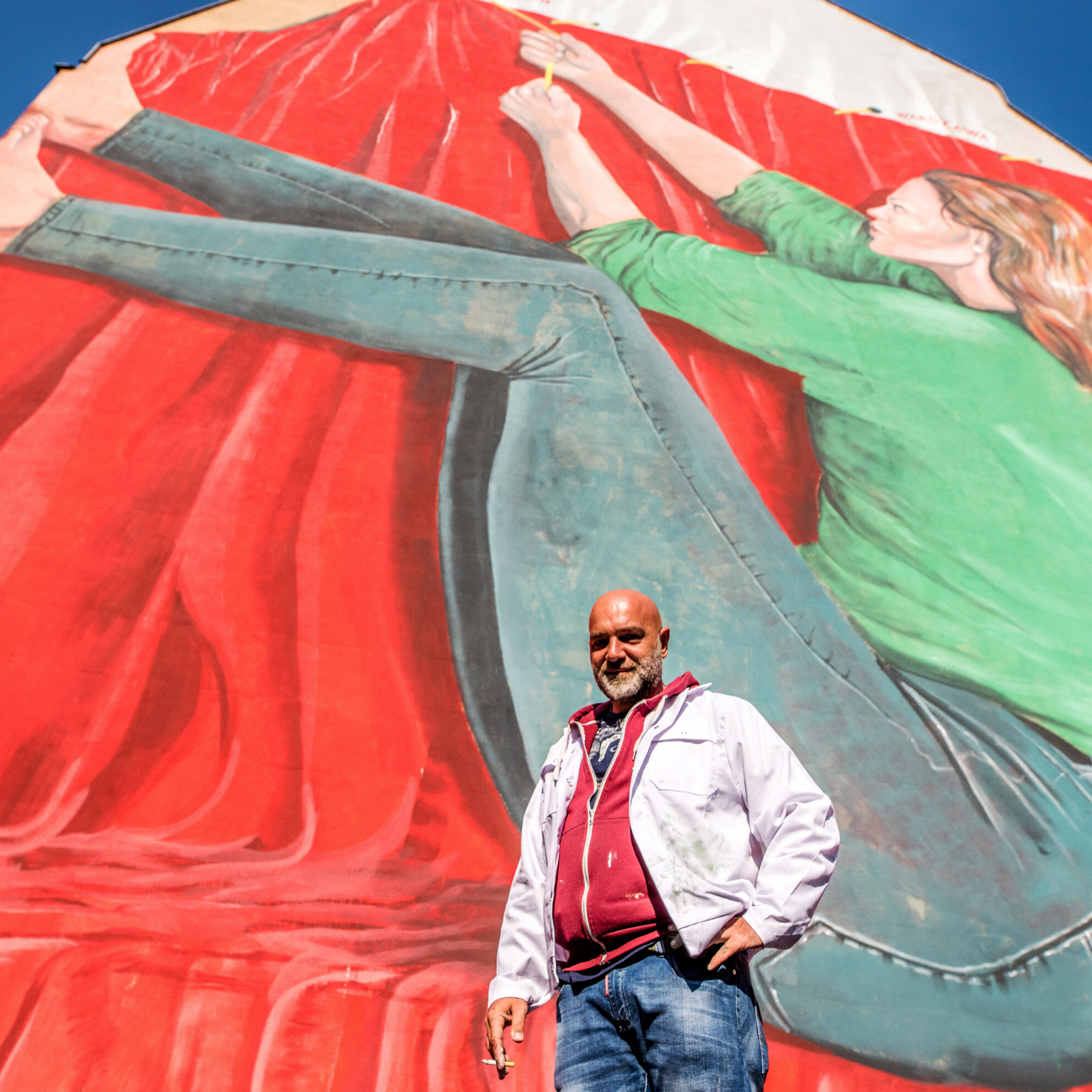Hans Op de Beeck, visual artist, theatre/opera/film director, playwright, scenographer from Belgium. Photography © H. Op de Beeck
1.In your opinion what is the role of a museum?
The art museum collects, conserves, opens up and displays art, ideally in a dynamic, in-depth, respectful manner, in which substantive reflection and education should be given their place.
Unlike the ‘Kunsthalle’ or the more regular exhibition space, that usually don’t have a collection, I think that the art museum should pay attention to an optimal access to its permanent collection. Some museums of contemporary art, for example, have shifted a little too much to the model of a Kunsthalle, in a way that the programme is so focused on new temporary exhibitions that the permanent collection is hardly on view anymore.
I think that’s a pity. I love to return to museums of which I know what I’ll be able to see and experience again.
2.What are your favourite museums in the world? Why?
Not an easy choice; there are so many art museums, and their profiles, size and characteristics are so diverse that it is hard, or even impossible to compare them with each other, or to make a choice.
To name one of the big and predictable ones when it comes to old paintings: the Prado Museum in Madrid, mainly because of the works by Velazquez, and the specific atmosphere of the spaces. When it comes to an art museum as an immersive whole, then I’d name Dia:Beacon in the state of New York, for its treasures of minimal and conceptional art, and the reflective calm and serenity with which all is presented and integrated.
Aside of these, if I may, I would like to name two other gems of museums, with which I had the great honour to collaborate. The Galleria Borghese in Rome is a marvel of an historic building with a fabulous collection including Caravaggio and Bernini, where I was invited to have an artistic dialogue with the old master Correggio, which I did with a series of large black and white watercolour paintings in the year 2009.
The other museum I’d like to mention is the Towada Art Center in Towada, Japan, for which I made a permanently installed work called ‘Location (5)’. The museum is a splendid contemporary building, compiled of separate architectural volumes that are connected to each other, and one of those is dedicated to my work, which is an immersive installation of a motorway diner that offers a view on a monumental sculpture of a deserted highway landscape at night.
This museum of contemporary art commissioned about 30 artists to create large scale permanent works and clearly chose to have its focus on those works, and proportionally much less on their programme of temporary exhibitions.
3.How important are social networks in your business? And which platform do you prefer and why?
In my specific case, I wouldn’t overestimate the importance of social media or digital networks when it comes to my art. There for sure is a ‘business side’ to my art practice, but I would not label it a business. Visual art like mine is about experience and should be viewed and experienced in person in the art space; not just my sculptural works and installations, but even my film work.
My own website and the websites of the art galleries that represent me, or the websites of the museums that have works of mine, are extremely useful, of course, and I do my best to share everything related to my work as generously as possible on my website.
But, for example, my Instagram page or my page on Facebook are more personal than professional. Aside of those, I do have a LinkedIn profile, but never made use of it as a professional tool.
4.In particular, due to the coronavirus emergency, how have you changed your business on social networks?
Due to the corona crisis, many of my art projects for art institutions and art galleries suddenly became ‘online’ projects, which indeed makes me feel that the importance of an online presence became more important. I did not change my personal approach on my social network profiles, but I did appear more actively on profiles and digital platforms of others.
5.To create greater engagement among museums, artists and professionals, do you have any advice for cultural projects such as #MuseumWeek?
I believe many in this field are already doing a great job in connecting. I’d always argue for a very personal approach that makes a difference, but then wrapped in a user-friendly design, with a most clear and visually simple communication when it comes to the use of pictures, films and text.
Interview by Fabio Pariante, journalist
MORE
Hans Op de Beeck on social networks: Instagram – Facebook
Hans Op de Beeck (Turnhout, 1969) is a visual artist, theatre/opera/film director, playwright, scenographer from Belgium. The artist attended the Vrije Kunsten at the Kunsthogeschool Sint-Lukas in Brussels and then he studied at the Higher Institute of Fine Arts and at the Rijksakademie in Amsterdam.
In 2001, Op de Beeck was the winner of the Young Belgian Painting Prize and in 2002-2003 he was artist in residence at the MoMA PS1 in New York. His large installations tell of a great impact realism, such as the large immersive work, “The Silent Room”, on the island of Shodoshima in Japan, for the Setouchi Triennale.
Among the themes he investigates, between the person and the present world, in his works there is silence, that silence that also recalls the lockdown and isolation of these months. Hans Op de Beeck lives and works in Brussels.



